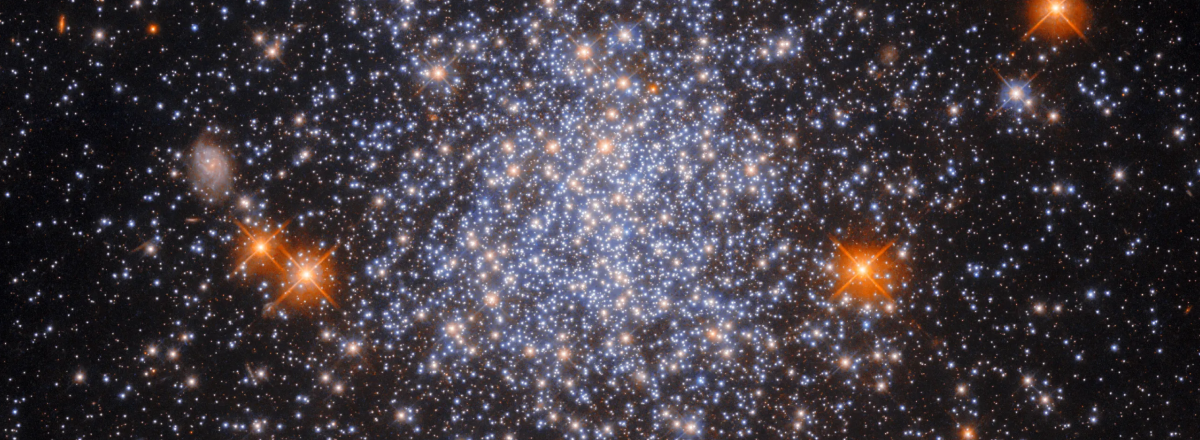Hubble Captures Stellar Field in Milky Way's Satellite Galaxy
This globular cluster, positioned about 162,000 light-years from Earth, showcases an impressive collection of stars with a total mass of around 170,000 suns, all approximately the same age.

NASA's Hubble Space Telescope has recently captured a stunning image of a globular cluster named NGC 1651, located in the Large Magellanic Cloud, one of the Milky Way's satellite galaxies. This globular cluster, positioned about 162,000 light-years from Earth, showcases an impressive collection of stars with a total mass of around 170,000 suns, all approximately the same age, suggesting a significant burst of star formation in the past.
The image highlights the cluster's vast size, roughly 120 light-years in diameter, which nearly fills the entire frame of Hubble's view. Unlike smaller telescopes that can zoom in and out, Hubble's instruments, such as the Wide Field Camera 3 (WFC3) used for this observation, have a fixed field of view.
This characteristic explains why both vast galaxies and comparatively smaller clusters like NGC 1651 can occupy similar areas in images—it all depends on their distance from Earth.
Furthermore, the cluster's detailed image required no zooming but instead used Hubble's fixed field of view. For larger celestial bodies that exceed this field of view, Hubble's images are often composites made by stitching together multiple observations.

